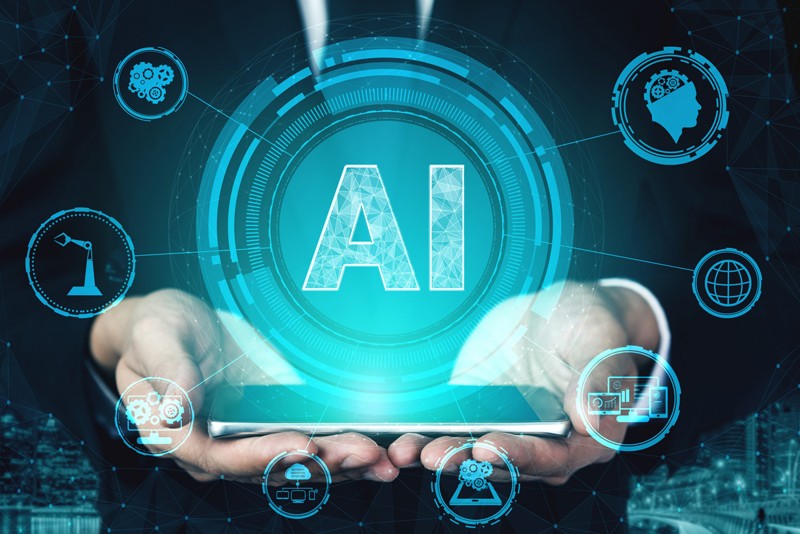Data is one of the most powerful tools which is being used in the current times. There is so much data around, that one can make utmost use of it, if they want to in the right way possible.
The usage of Data has continued to evolve, with some businesses enjoying significant benefits. AI (Artificial Intelligence) platforms have lately moved to a new stage of evolution in the processing of Big Data. Over the next decade, platform for ai are expected to have a significant impact (and disruption). The application of AI to process large datasets will improve Business Intelligence and Analytics in previously unimaginable ways, among many other technologies.
The Artificial Intelligence Platform
The elements of an Artificial Intelligence Platform are usually grouped into five layers of logic:
- The Data and Integration Layer allows data to be accessed. Because the rules are not hand-coded, this access is crucial. Instead, the AI “learns” the rules by analyzing the data it has access to.
- Data Scientists can use the Experimentation Layer to create, test, and prove theories. Automated feature engineering, feature selection, and model selection are all possible with a well-designed Experimentation Layer.
- The Operations and Deployment Layer handle model governance and deployment. The risk assessments of a model are tested here, leaving the design governance organization to confirm them. This layer provides tools for managing the platform’s deployment of various “containerized” models and components.
- When the platforms for ai are operating, the Intelligence Layer assists it (training activities occur in the Experimentation Layer). The Intelligence Layer is the fundamental component for directing service delivery and organizes and delivers intelligent services. Ideally, this layer should include notions like dynamic service discoveries implemented to provide a flexible response platform that supports cognitive interaction.
- Augmented reality, conversational UI, and gesture control are how the Experience Layer interacts with people. This layer is frequently managed by a cognitive experience team, which seeks to develop rich and meaningful AI-enabled experiences.
Expectations Exceeded
According to someone, analyzing Big Data with Artificial Intelligence can better understand the external and internal factors that affect a company. The employment of Artificial Intelligence is aided by the use of the most up-to-date Big Data Architecture and Machine Learning. In a modern, cutting-edge AI-based platform,
- All available data is provided to the AI.
- It learns from a client’s or prospect’s past behavior.
- It draws on the experience of prior, similar clients and demonstrates strategies that have worked in the past.
- The AI watches and learns, spotting trends that people would overlook.
- The AI adapts to new input in real-time and knows and replies in real-time.
- It gives advice based on data that is constantly changing.
Machine Learning is used in AI.
Scaling databases to very high capacities while also fostering ever-faster transaction rates per second involves several different ways. The partitioning of data-heavy tables is a technique utilized by the majority of Database Management Systems. This method allows a database to spread out across multiple database servers in a cluster. Multi-core CPUs, huge SMP multiprocessors, and 64-bit microprocessors can now handle multi-threaded implementations, allowing for significant transaction processing capacity scaling.
The third criterion is appropriate technology. Unlike traditional Analytical Systems, an AI-supported platform must be scalable for the edge ai to learn and produce solutions. A typical Analytical System would provide data insights, whereas AI would provide real-time recommendations.

